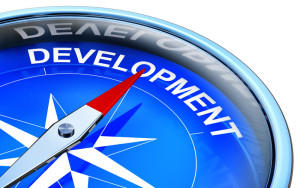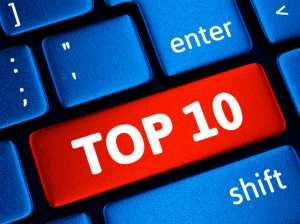You’ve probably been there. That feeling when you have to relinquish your smart phone for repair; you suddenly feel cut off from everyone and everything. You’re not on vacation, intentionally going off the grid.  It’s a work day. You need to stay connected. You have work to get done.
It’s a work day. You need to stay connected. You have work to get done.
Tuesday was that day for me. The battery on my iPhone 6 Plus had been draining way too quickly. The battery setting said it needed service and I should bring it in. I made my appointment with the Genius Bar at the Apple Store about 15 minutes from my house. I blocked a two-hour window door to door. Seemed reasonable. I took some work with me to do while they were replacing the battery, but I didn’t think to bring my laptop.
I had a 12:30PM appointment. It was around 1:15 when they took the phone; they said it would be an hour before I would get it back. So much for my two-hour window. I headed to the food court for a quick lunch and did my other work – paper I’d brought with that I needed to review. I suddenly felt incredibly out of touch without my iPhone.
It took only about 15 minutes to review the papers with me. Now what? Well there was one purchase I needed so I headed to a store. I got back to the Apple Store at 2:15 and they weren’t done. The greeter told me it would be another 20 minutes. I thought of one other item I needed and headed to another nearby store.
I returned after 20 minutes. iPhone still not ready. I somewhat jokingly (though I was getting increasingly frustrated) told them this was costing me money since I hadn’t planned to shop that day. More importantly, I had a conference call at 3PM that I needed to do from home on my laptop. So much for thinking a two-hour window door-to-door was enough.
I got my iPhone back at 2:50PM. As it turns out, when they replaced the battery, the display wouldn’t work, and they couldn’t resolve it. So, I ended up with a brand-new iPhone 6 Plus for the price they were going to charge me for the battery. A good but unexpected ending in many respects.
As I ran out of time, they got me set up for phone and text. I quickly called one of the two people for the 3PM scheduled call and said I hadn’t been able to review the prep document that had been sent during this offline window and wouldn’t be able to do the call until 3:30PM.
I headed home with a phone with bare bones phone functionality. Not until I could take time later that day to do the iCloud restore would I be back to normal functioning. Continue reading









